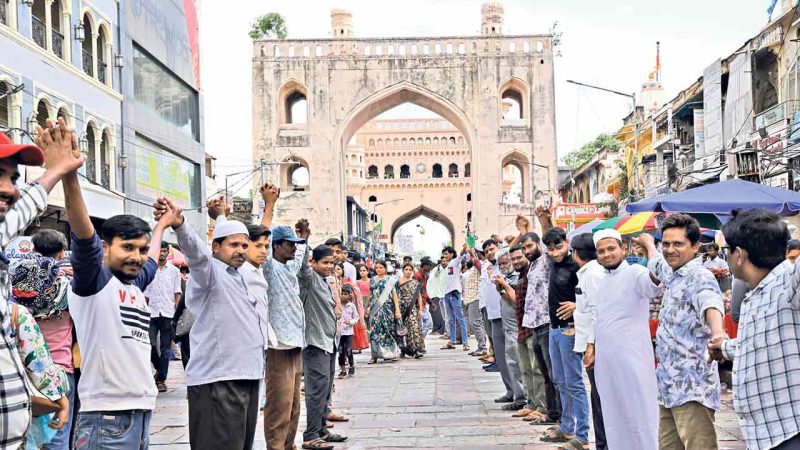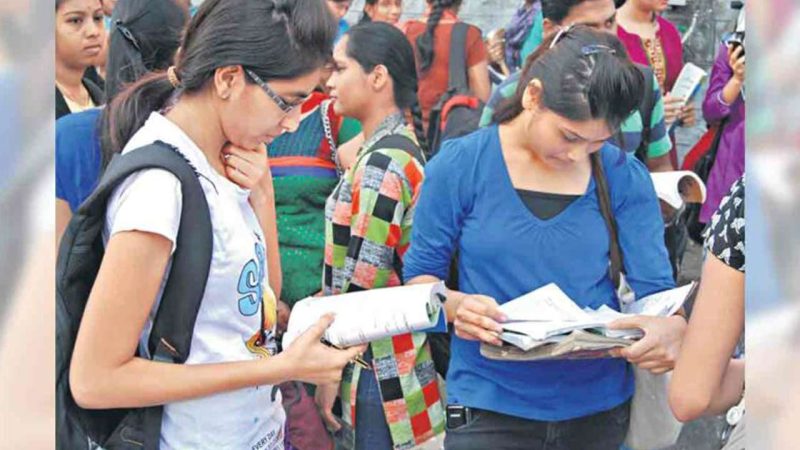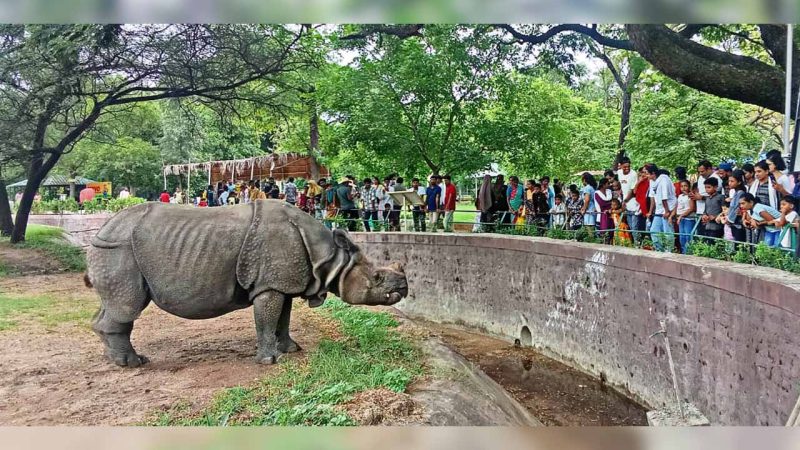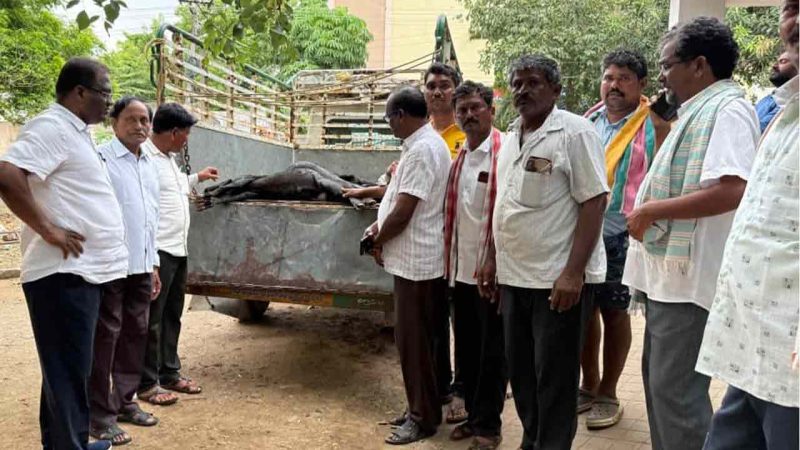Telangana’s groundwater crisis deepens; 500 villages face severe depletion

Average groundwater level at 10.17 mbgl, ranging from 5.57 m in Jagtial to a staggering 16.60 m in Vikarabad
Updated On – 25 May 2025, 08:33 PM

File Photo
Hyderabad: In Vattipalli village (Marrigudem Mandal) of Nalgonda district, farmer Ananta Reddy’s desperate quest for water ended in heartbreak. After sinking over 130 borewells to save his 10-acre orchard, he drew a blank. With groundwater proving elusive, Reddy was forced to sell his land at a throwaway price. “Today, each acre is worth Rs 70 lakh, but water remains a distant dream,” he lamented.
Similarly, in Koppole village of Gurrampode mandal, farmers drilled over 70 borewells in vain as groundwater levels plummeted, leaving crops and livelihoods in peril. These stories are not isolated. According to the Telangana Groundwater Department sources, about 500 villages across the State are grappling with excessive groundwater extraction, threatening the region’s water security. Districts such as Vikarabad, Nagarkurnool, Yadadri Bhongir and Medchal-Malkajgiri are among the worst hit, with over-exploitation soaring by 36 per cent statewide.
The Groundwater Department’s latest report, based on 1,771 piezometers monitored in April across all 33 districts, paints a grim picture. The average groundwater level in Telangana stood at 10.17 m below ground level (mbgl), ranging from 5.57 m in Jagtial to a staggering 16.60 m in Vikarabad. While 18 districts recorded levels between 5 and 10 m, 11 reported 10-15 m and four districts — Vikarabad among them — saw dangerously low levels exceeding 15 m.
Despite a marginal 0.34-m rise in groundwater levels compared to April 2024, 16 districts experienced a decline, with Siddipet recording the steepest drop at 2.54 m. Nalgonda, however, saw a 2.92-m rise, offering a glimmer of hope. Compared to May 2024, the State’s groundwater level rose by 0.19 m, but Siddipet again reported the largest fall at 2.78 m.
Excess rainfall, yet no respite
Telangana received 1,083 mm of rainfall in the 2024-25 water year, 22 per cent above the normal 891 mm. Fifteen districts saw excess rainfall, ranging from 20 per cent to 69 per cent above average. Yet, this surplus has failed to curb groundwater depletion. The area under extreme depletion — where groundwater levels exceed 20 m — grew from 3,452 sqkm in April 2024 to 4,714 sqkm in April 2025. While this is a slight improvement from the decadal average of 5,527 sqkm (2015-2024), the situation remains dire.
The State’s borewell count, which was over 26.97 lakh in 2022, went on surging year after year. In Nalgonda’s Koppole village, farmers drilled over 70 borewells to save crops, while Vikarabad’s groundwater levels dropped to 11.98 mbgl in 2024, the deepest in the State. Nagarkurnool saw a 3.57-m decline, prompting farmers to dig deeper wells.
Urbanisation and industrialisation in districts such as Rangareddy and Medchal-Malkajgiri have further strained groundwater reserves, with 6 per cent used for drinking water and 4 per cent for industrial needs. The situation is largely attributed to the poor management of available water resources and surface water infrastructure such as projects like the Kaleshwaram Lift Irrigation Scheme, which had earlier helped the State improve its groundwater levels.
Experts warn that unchecked groundwater extraction could devastate agriculture and drinking water supplies. “The situation is alarming,” said officials. They stressed urgent measures such as rainwater harvesting, controlled extraction and sustainable cropping patterns as the State grapples with severe water crisis.






